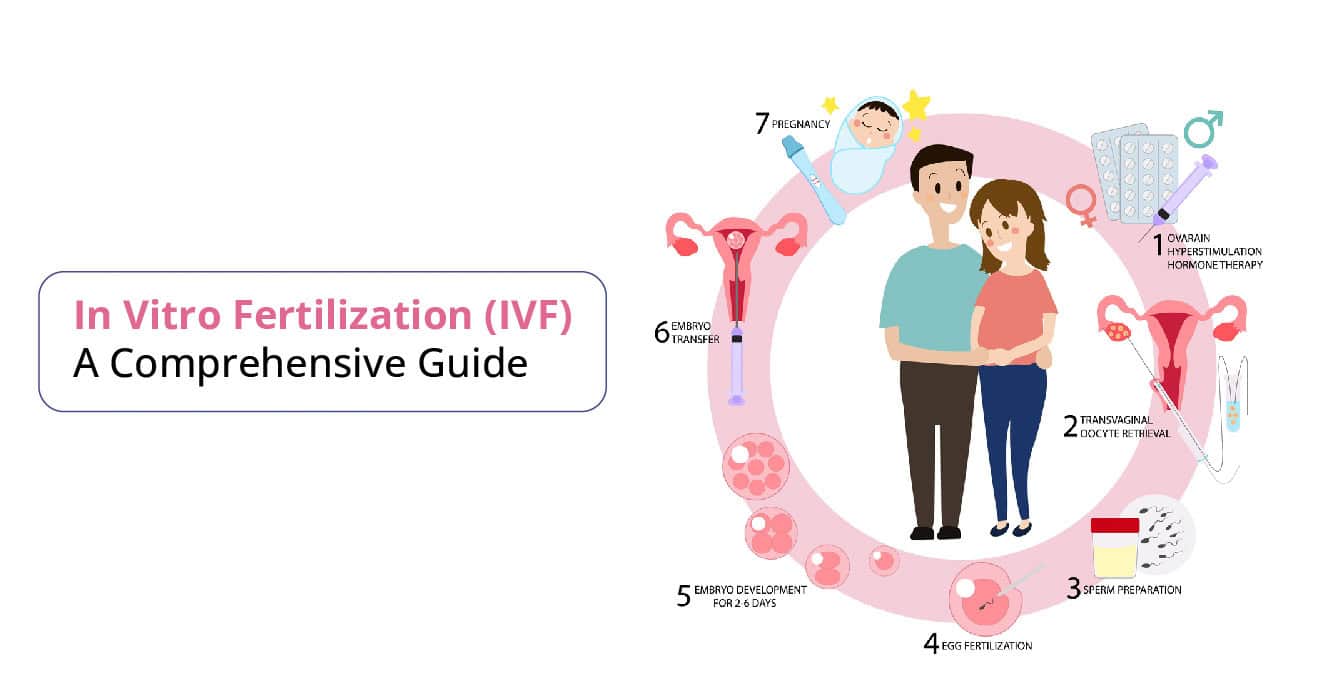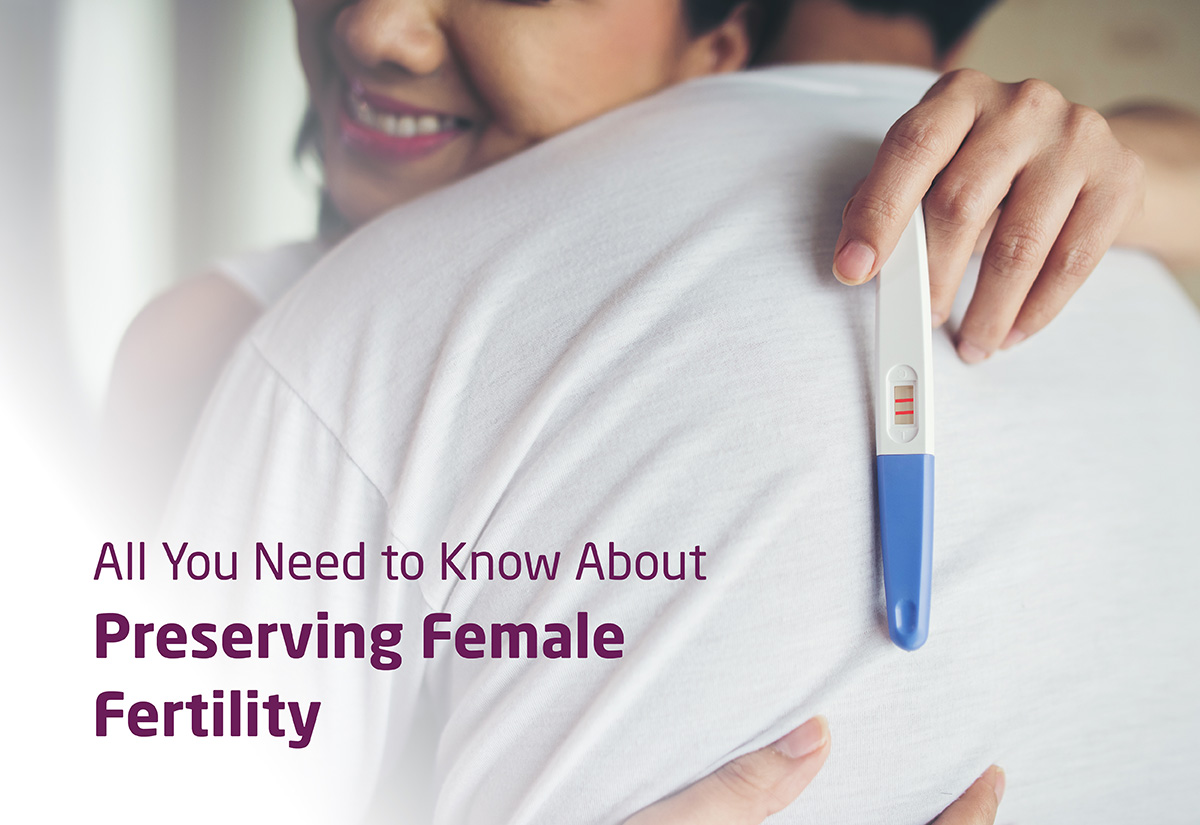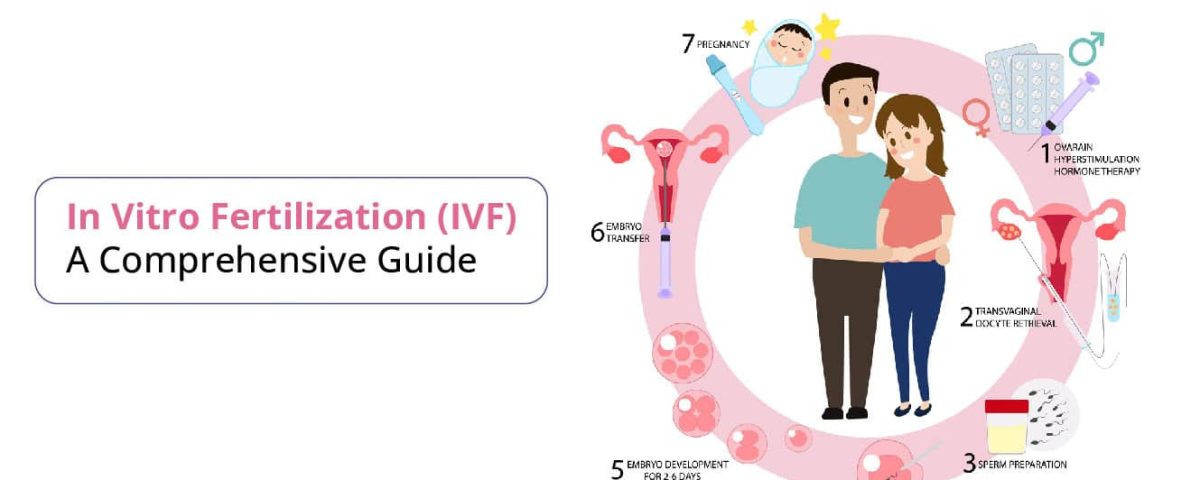
IVF Embryos: A Deep Dive into the World of Test-Tube Miracles
April 22, 2025Your Ultimate Guide to IVF Fertility Clinics: Everything You Need to Know
Welcome to the world of IVF fertility clinics! If you’re reading this, you’re probably curious about what happens behind the scenes when people turn to science to start a family. Maybe you’re thinking about it for yourself, or maybe you just want to understand this incredible process better. Either way, you’re in the right place! This guide is packed with info—some of it surprising, some of it practical, and all of it designed to help you feel more confident about in vitro fertilization (IVF). We’ll dive deep into how clinics work, what patients really experience, and the latest tips and research to give you the full picture. Let’s get started!
What Exactly Is an IVF Fertility Clinic?
An IVF fertility clinic is a special place where doctors, scientists, and nurses team up to help people have babies when nature needs a little nudge. IVF stands for “in vitro fertilization,” which is a fancy way of saying eggs and sperm meet outside the body—in a lab—before an embryo is placed back into the womb. These clinics are like high-tech hubs for hope, blending cutting-edge science with personal care.
What Makes IVF Clinics Different?
Unlike regular doctor’s offices, IVF clinics have labs with microscopes, incubators, and tools that look straight out of a sci-fi movie. They’re built to handle delicate processes like egg retrieval and embryo transfers. But it’s not just about the tech—clinics also have counselors and support staff because this journey can be an emotional rollercoaster.
A Peek Behind the Curtain
Here’s something most people don’t know: some clinics have “embryo cams” that let patients watch their embryos grow in real-time via an app! It’s not everywhere yet, but it’s a cool example of how clinics mix science with a personal touch. Imagine checking your phone to see tiny cells that could become your future kid—wild, right?
Who Goes to IVF Fertility Clinics?
IVF isn’t just for one type of person—it’s for all kinds of people with all kinds of stories. Let’s break it down.
The Usual Suspects
- Couples Struggling to Conceive: Maybe they’ve been trying for a year with no luck. Doctors call this “infertility” if it’s been 12 months of regular tries (or 6 months if you’re over 35).
- Single Folks: Yep, you don’t need a partner! Single women or men can use donor eggs, sperm, or surrogates to build their families.
- LGBTQ+ Families: Same-sex couples or trans individuals often turn to IVF with donors or surrogates to make their baby dreams come true.
The Surprising Visitors
Here’s where it gets interesting—IVF clinics see people you might not expect:
- Cancer Survivors: Some freeze their eggs or sperm before chemo, then return years later to start a family.
- People Freezing Eggs for Later: Not ready for kids now? Tons of women (and some men) visit clinics to “pause” their fertility clock.
- Celebrity Lookalike Hunters: Okay, this is rare, but some patients ask for donor sperm or eggs based on looks—like wanting a kid who might resemble their favorite star!
Real Talk: It’s More Common Than You Think
About 1 in 8 couples in the U.S. deal with infertility, and IVF clinics are busier than ever. In 2021 alone, over 86,000 babies were born via IVF in the U.S.—that’s a lot of little miracles!

How Does IVF Actually Work?
IVF sounds complicated, but it’s really just a step-by-step process. Let’s walk through it like we’re following a recipe for your favorite dish.
Step 1: Boosting Eggs
First, women take meds (usually shots) to make their ovaries produce more eggs than usual. Normally, you release one egg a month—IVF bumps that up to 10 or more. Think of it like revving up an engine before a big race.
Step 2: Egg Retrieval
Once the eggs are ready, a doctor uses a tiny needle (guided by ultrasound) to collect them. You’re asleep for this, so no worries about pain. Fun fact: the eggs are so small you can’t see them without a microscope!
Step 3: Sperm Meets Egg
In the lab, scientists mix the eggs with sperm—either from a partner or a donor. Sometimes, they inject a single sperm right into an egg (called ICSI) if the sperm need extra help. It’s like playing matchmaker on a microscopic level.
Step 4: Growing Embryos
The fertilized eggs grow into embryos in an incubator for 3-5 days. Clinics watch them closely, picking the strongest ones. Some even use AI now to spot the best candidates—pretty futuristic, huh?
Step 5: Embryo Transfer
A doctor places one (or sometimes two) embryos into the uterus using a thin tube. It’s quick and feels like a pap smear. Then, you wait about two weeks to take a pregnancy test.
What’s the Catch?
It’s not a sure thing—success rates hover around 40% per cycle for women under 35, dropping as you get older. But clinics are always tweaking the process to boost those odds.
What’s It Like Inside an IVF Clinic?
Ever wondered what it feels like to walk into one of these places? Let’s take a virtual tour.
The Vibe
Most clinics aim for calm and welcoming—think soft lighting, comfy chairs, and maybe a fish tank in the waiting room. But don’t be fooled: behind the scenes, it’s a hive of activity with lab techs in white coats and doctors juggling schedules.
The People
- Doctors: Fertility specialists (called reproductive endocrinologists) run the show. They’re like detectives, figuring out why pregnancy isn’t happening.
- Embryologists: These are the lab wizards who handle eggs, sperm, and embryos with ninja-like precision.
- Nurses: They’re your cheerleaders, guiding you through shots and checkups.
- Counselors: IVF can mess with your head, so many clinics have pros to help you cope.
A Hidden Hobby
Here’s a fun tidbit: some embryologists love puzzles or model-building in their free time. Why? Because their job is all about tiny details, and those hobbies keep their hands steady and minds sharp.
The Emotional Side of IVF: What No One Tells You
IVF isn’t just about science—it’s a wild ride for your heart and mind. Let’s get real about what patients feel.
The Highs
- Hope: Every step feels like a fresh chance. Seeing your embryos on a screen? Pure magic.
- Community: Clinics often host support groups where patients swap stories and tips.
The Lows
- Stress: Waiting two weeks for a pregnancy test is torture—patients call it the “two-week wait” or TWW.
- Disappointment: If it doesn’t work, it’s a gut punch. About 60% of cycles don’t end in pregnancy.
- Secrets: Many keep IVF hush-hush, even from family. One study found 40% of patients don’t tell their parents—privacy is huge.
Expert Insight
Dr. Jane Frederick, a fertility expert, once said, “IVF is like running a marathon with no finish line in sight. You need stamina—and a good support crew.” She’s spot-on—patients say friends, pets, or even binge-watching shows help them through.
Coping Tips
✔️ Journal It: Writing down fears can lighten the load.
✔️ Find Your Tribe: Online forums like Reddit’s r/infertility are goldmines for support.
❌ Don’t Isolate: Hiding away can make it worse—reach out, even just for a coffee chat.
Costs and Cash: How Much Does IVF Really Cost?
IVF isn’t cheap, and the price tag shocks a lot of people. Let’s break it down and spill some secrets on saving money.
The Basics
- One Cycle: $12,000-$15,000 in the U.S., not counting meds (add $3,000-$5,000 for those).
- Extras: Tests, freezing embryos, or donor eggs can push it to $20,000 or more.
- Insurance: Only 19 states require some coverage, so check your plan!
Hidden Costs
- Travel: If the best clinic’s far away, add gas or flights.
- Time Off Work: Appointments eat up hours—some lose income.
- Emotional Toll: Therapy or stress-relief hobbies (yoga, anyone?) add up.
Money-Saving Hacks
✔️ Shop Around: Prices vary—some clinics offer discounts for multiple cycles.
✔️ Grants: Groups like Baby Quest give cash to qualifying patients.
✔️ Shared Risk: Some clinics refund part of your money if IVF fails after a set number of tries.
❌ Don’t Skimp on Quality: A cheap clinic might cut corners—success rates matter more than savings.
Fun Fact
In places like Denmark, IVF is free through public health—U.S. patients sometimes joke about moving there!
Success Rates: What Are Your Chances?
Everyone wants to know: will it work? Success depends on a bunch of factors—let’s dig in.
By the Numbers
- Under 35: 40-50% chance per cycle.
- 35-37: Drops to 30-40%.
- Over 40: 10-20%, but donor eggs can boost it back up.
- Fresh vs. Frozen: Frozen embryos now match fresh ones—about 45% success overall.
What Boosts Your Odds?
- Age: Younger eggs = better chances.
- Clinic Quality: Top clinics hit 50%+ success rates—check their stats on the CDC website.
- Lifestyle: Quitting smoking or losing extra weight can help (studies show 10% better odds with a healthy BMI).
Latest Research
A 2023 study found that AI tools picking embryos improved success by 15% at some clinics. It’s not everywhere yet, but it’s a game-changer on the horizon.
Real-Life Example
Meet Sarah, 32, who tried IVF three times. “The first two failed, and I was crushed,” she says. “But my clinic switched to a new protocol, and the third time worked. Now I’ve got twins!” Patience—and a good clinic—paid off.
Choosing the Right IVF Clinic: Insider Tips
Not all clinics are equal. Here’s how to pick one that’s right for you.
What to Look For
- Success Rates: Check their numbers, but focus on rates for your age group.
- Specialties: Some excel at tough cases (like PCOS or low sperm count).
- Vibes: Visit or call—do they feel warm or rushed?
Red Flags
❌ Pushy Sales: If they promise miracles, run.
❌ Old Tech: Ask about their lab—top clinics use time-lapse imaging or genetic testing.
❌ No Transparency: They should share costs and stats upfront.
Questions to Ask
- What’s your success rate for my age?
- Do you offer counseling or support groups?
- Can I meet the embryologist?
Secret Weapon
Some patients stalk clinic reviews on Instagram or TikTok—real stories beat polished websites any day.
Add-Ons: Are They Worth It?
Clinics often pitch extras like “embryo glue” or “endometrial scratching.” But do they work? Let’s unpack this.
Common Add-Ons
- Embryo Glue: A sticky solution to help embryos implant—$500-$1,000.
- PGT (Genetic Testing): Screens embryos for issues—$3,000-$5,000.
- Time-Lapse Imaging: Watches embryos grow—$500-$1,500.
The Truth
A 2022 UK study found most add-ons lack solid proof. PGT helps if you’re older or have miscarriage history, but stuff like embryo glue? Jury’s still out. “Patients want hope, but we need data,” says Dr. Mark Trolice, a fertility specialist.
Smart Moves
✔️ Ask for Evidence: If they push an add-on, request studies.
✔️ Prioritize Basics: A good clinic doesn’t need gimmicks.
❌ Don’t Overbuy: More doesn’t always mean better.
IVF and Lifestyle: What You Can Do
Your habits matter more than you think. Here’s how to stack the deck in your favor.
Diet Tips
- Eat the Rainbow: Fruits and veggies (especially leafy greens) support egg quality.
- Healthy Fats: Avocados and nuts help hormones—studies link omega-3s to better outcomes.
- Cut Junk: Too much sugar or processed food can mess with fertility.
Exercise
✔️ Moderate Wins: 30 minutes of walking or yoga most days is perfect.
❌ Overdoing It: Marathon training can stress your body—dial it back.
Stress Busters
- Meditation: Apps like Calm cut anxiety—research shows lower stress ups IVF success by 10-15%.
- Hobbies: Patients swear by knitting, painting, or even gardening to stay sane.
Couple’s Corner
Partners can sync up—men who eat well and skip smoking boost sperm quality, making IVF smoother.
The Future of IVF: What’s Coming?
IVF’s evolving fast—here’s what’s on the horizon.
Cool Tech
- AI Embryos: Machines picking winners could hit mainstream soon.
- Lab-Grown Eggs: Scientists are testing ways to make eggs from skin cells—crazy, right?
- At-Home Monitoring: Some clinics test kits to track hormones without tons of visits.
Big Picture
Experts predict IVF will get cheaper and more accessible. “In 10 years, it’ll be like getting braces—still pricey, but normal,” says Dr. Amy Sparks, a researcher at the University of Iowa.
Fun Prediction
Imagine picking traits like eye color—not here yet, but ethical debates are already bubbling!

Myths About IVF: Let’s Bust Them
IVF gets a bad rap sometimes. Let’s clear the air.
Myth 1: It’s Only for Rich People
- Truth: Grants, loans, and insurance are making it doable for more folks.
Myth 2: IVF Babies Are “Unnatural”
- Truth: They’re just as healthy—over 8 million IVF kids worldwide prove it.
Myth 3: It Always Works First Try
- Truth: It’s a marathon, not a sprint—most need 2-3 cycles.
Your IVF Journey: Day-by-Day Prep Guide
Ready to start? Here’s a practical roadmap.
Before You Go
- Research Clinics: Compare 3-5 based on success rates and reviews.
- Budget: Save up or explore financing—$15,000 is a safe starting point.
- Health Check: Get a physical—fix any vitamin D or thyroid issues.
During Treatment
- Day 1-10: Shots daily—set reminders and ice the spot to ease pain.
- Egg Retrieval Day: Rest after—stock up on Netflix and snacks.
- Transfer Day: Stay calm—bring a playlist to chill.
After
✔️ Rest Smart: Light activity’s fine—skip bed rest (studies say it doesn’t help).
✔️ Test Day: Wait for the clinic’s blood test—home tests can trick you.
Let’s Talk: Join the Conversation!
IVF’s a big topic, and we’ve covered a ton—hopefully, you’re feeling more clued in! But it’s not over yet—I want to hear from you. What’s your biggest question about IVF clinics? Have you tried it, or are you just curious? Drop a comment below, and let’s chat! Share your story, ask for advice, or tell me what surprised you most. Oh, and if you found this helpful, pass it along to a friend—let’s spread the knowledge!
